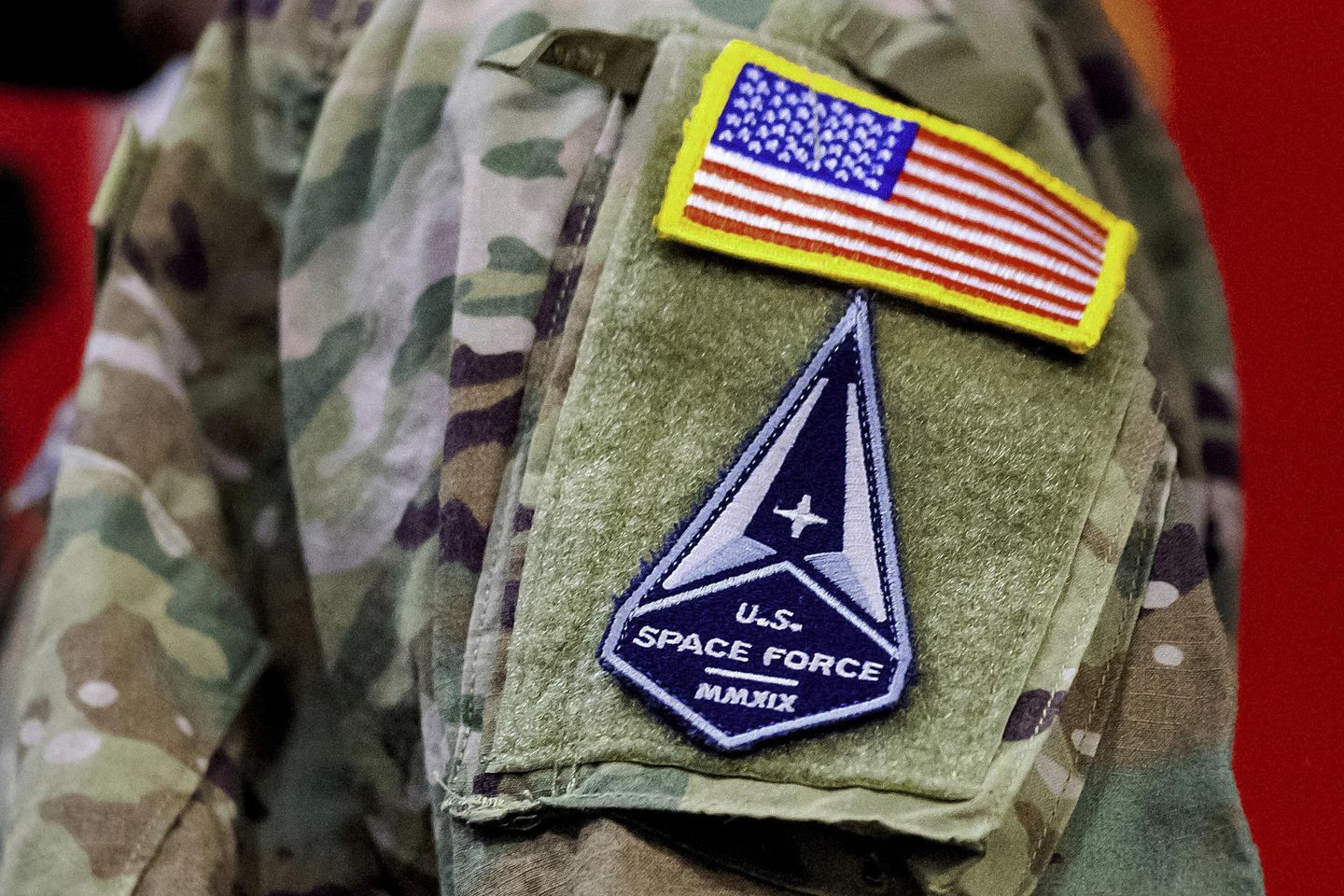
Don’t miss the full story from our staff writers, whose reportage is the basis of this article.
The Trump administration is considering appointing a “Golden Dome czar” to oversee the development of a comprehensive missile defense shield to protect the continental United States.
President Trump’s 2026 budget proposal includes a record $1 trillion in defense spending, with a significant portion dedicated to the Golden Dome initiative. However, many questions remain about which agencies will lead implementation and how to navigate the Pentagon’s typically slow acquisition process to build the system within years rather than decades.
General Michael A. Guetlein of the U.S. Space Force is reportedly being considered for the czar position. Defense industry leaders support the Golden Dome concept, including Tory Bruno of United Launch Alliance, who believes deployment could begin immediately.
The proposed system would consist of three elements: space-based interceptors, sea-based missile defense systems along American coasts, and Terminal High Altitude Area Defense (THAAD) batteries across the country as a final layer of protection for major cities.
The push for enhanced missile defense comes in response to China and Russia outpacing the U.S. in hypersonic weapons development. China’s 2021 test of a fractional orbital bombardment system with hypersonic technology demonstrated the ability to circumvent existing U.S. missile defense systems.
L3Harris Technologies has successfully launched satellites capable of tracking hypersonic missiles, a key component specifically mentioned in President Trump’s executive order for Golden Dome development.
The concept has roots in Reagan’s Strategic Defense Initiative (“Star Wars”), but today’s technology makes it more feasible. Booz Allen has proposed a “Brilliant Swarms” plan featuring up to 2,000 interconnected satellites with AI capabilities.
Former Missile Defense Agency director Henry Obering estimates deploying 1,000 space-based interceptors would cost about $20 billion, though the complete system would likely cost more.
The executive order has sparked competition among defense companies, with reports suggesting SpaceX, Palantir, and Anduril may be frontrunners for contracts. However, established contractors like Lockheed Martin are also positioning themselves as proven providers with existing missile defense capabilities.
Read more: Trump weighs appointment of ’Golden Dome’ czar as missile defense push gains momentum
This article is written with the assistance of generative artificial intelligence based solely on Washington Times original reporting and wire services. For more information, please read our AI policy or contact Ann Wog, Managing Editor for Digital, at awog@washingtontimes.com
The Washington Times AI Ethics Newsroom Committee can be reached at aispotlight@washingtontimes.com.













